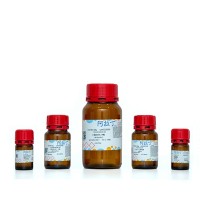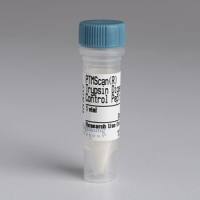Studying Extracellular Signaling Utilizing a Glycoproteomic Approach: Lectin Blot Surveys, a First and Important Step
互联网
754
Successful innovative proteomic analysis is highly dependent on molecular biology techniques at the �surveying and validation
stage. This is because mass spectrometry (MS) analyses of complex samples are limited by their dynamic range for detection—so
careful front-end sample preparation, fractionation, and enrichment are crucial to find biologically relevant signals in an
extremely complex extracellular environment. Here, we share a very useful and simple front-end surveying methodology—lectin
blotting—for proteomic analysis of glycosylation patterns—the most abundant posttranslational modification in extracellular
signaling.
Lectin blotting is an effective biochemical technique based on lectin–glycan interactions. It is used to detect and characterize
carbohydrate epitopes on protein or lipids. Depending on lectin patterns, specific lectins can be used as tags to enrich glycoproteins
for further proteomic analysis. In this method, proteins or lipids are resolved by sodium dodecyl sulfate-polyacrylamide gel
electrophoresis (SDS-PAGE) and transferred electrophoretically to adsorbent membranes such as nitrocellulose or polyvinylidene
difluoride (PVDF) membrane first. Transferred proteins or lipids are subsequently analyzed by probes including labeled lectins.
In this chapter, we provide a detailed methodology of lectin blotting for glycol-proteomic analysis. This method is robust
and can be used for complex cell lysates, conditioned media, or human samples to monitor glycosylation pattern following extracellular
signal transduction. Here, we will use patient plasma samples post hypothermic therapy—an extremely complex medium—as a tool
to describe in detail the technique of lectin blotting for proteomic analysis.









